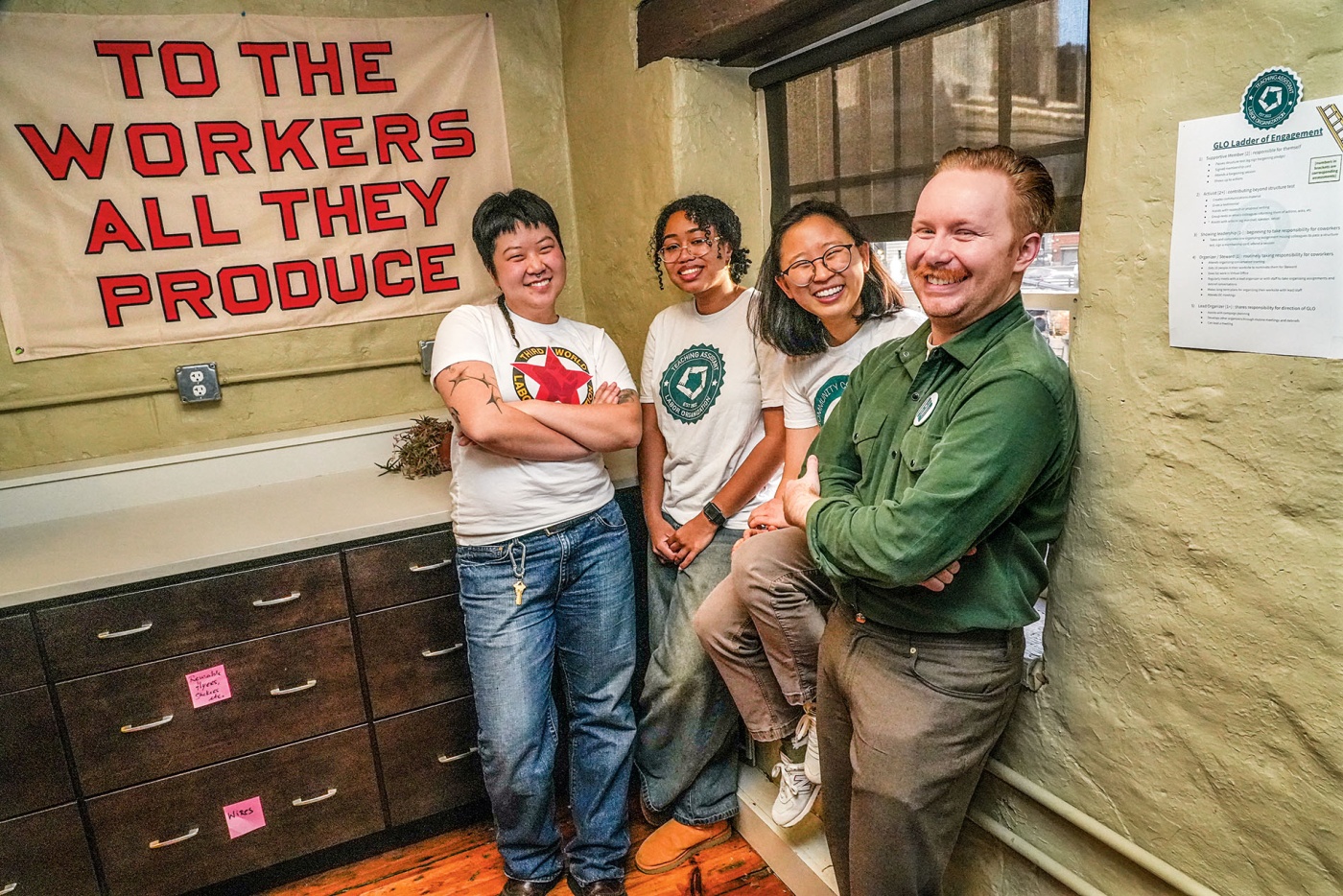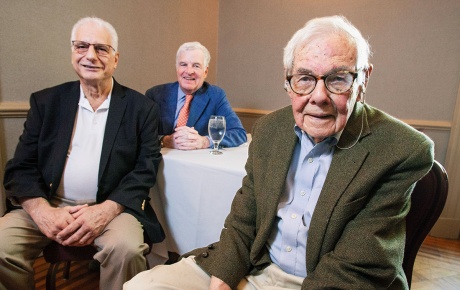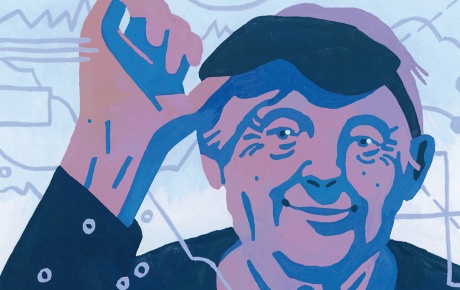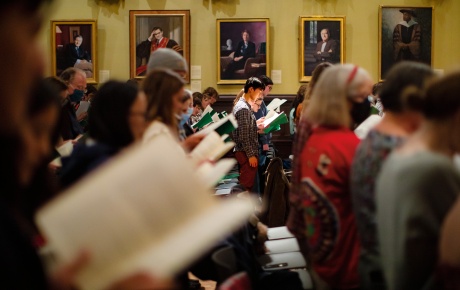“I’m fired up!” That was the signature phrase of Anna Ryu ’25, president of the Labor Organization of Community Coordinators (LOCC), before the union’s strike in August 2024.
The Community Coordinators (CCs) are Brown’s resident advisors and the strike was their latest escalation in protest of six months of failed negotiations with the University over LOCC’s first collective bargaining agreement. After three days, the strike ended with the University vowing to compromise. “It was one of the most empowering and exciting times of my life because I saw what was possible when all of us came together,” adds Ryu.
Before 2022, there were only two undergraduate labor unions registered with the National Labor Relations Board. Today, there are three on College Hill alone. Brown’s first undergraduate union, The Teaching Assistant Labor Organization (TALO), was established in March 2023 to secure better working conditions for computer science TAs.
TALO had a domino effect, spurring LOCC’s unionization in October 2023 and the creation of the Third World Labor Organization (TWLO) by student workers at the Brown Center for Students of Color (BCSC) in spring 2024.
The catalyst for TWLO’s founding was concern among workers over freedom of speech. In November 2023, student workers planned a teach-in on Palestine that ran up against the BCSC’s policy against making political statements. TWLO aims to protect BCSC members’ rights to free speech. “The Center cannot censor its student workers,” said President of TWLO Jo Ouyang ’26. “They should feel safe discussing histories, whether it’s about Palestine or other communities. Ultimately, our job is to educate students.”
The undergraduate unions are joined by the Graduate Labor Organization (GLO) and the Brown Postdoc Labor Organization, formed in spring 2023.
Through unionization, Brown student workers have secured increases in pay, formalized grievance processes independent from the University, and delineated student worker responsibilities. However, in a December email to the campus community, the University cited the “national trends toward unionization” as one of the factors in its $46 million “structural budget deficit” this fiscal year and the subsequent need for University-wide belt-tightening.
For Michael Ziegler ’26 PhD, the president of GLO and a classics PhD student, the wins have allowed him to support his growing family. “In the five years I’ve been here, my pay has increased by over 65 percent,” says Ziegler. “My wife and I are expecting a baby in March, so that makes life a lot easier for us.”
“The union is a source of collective power,” said president of TALO Yasmine Abdelaziz ’25. It gives student workers a direct means to hold the University accountable to fair labor practices. Unions are also community hubs, uniting students across departments and dorms.
Seeing her coworkers’ commitment drives Ryu’s continued involvement. It “reminds me why I do all of this,” Ryu said.





